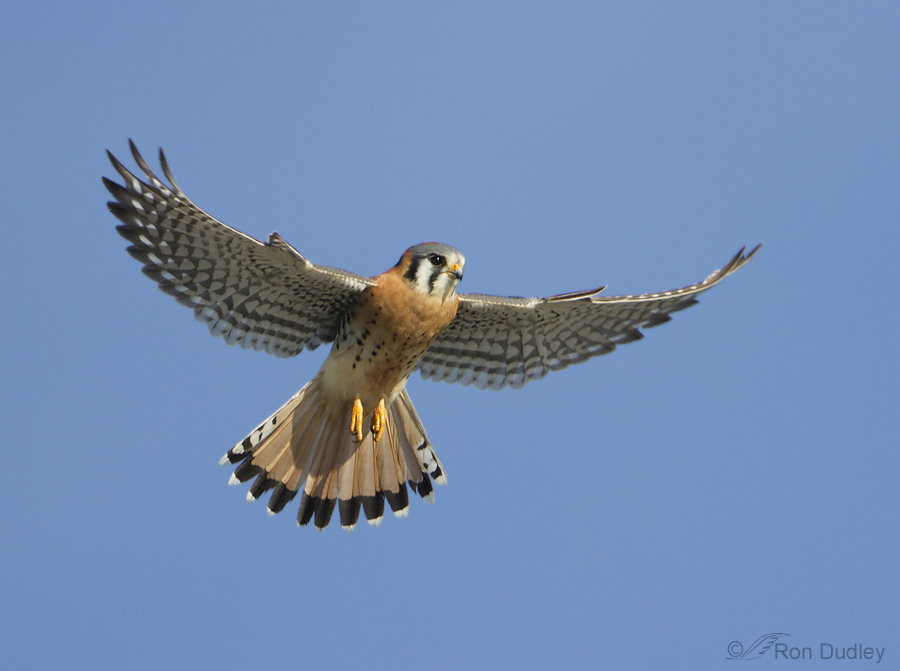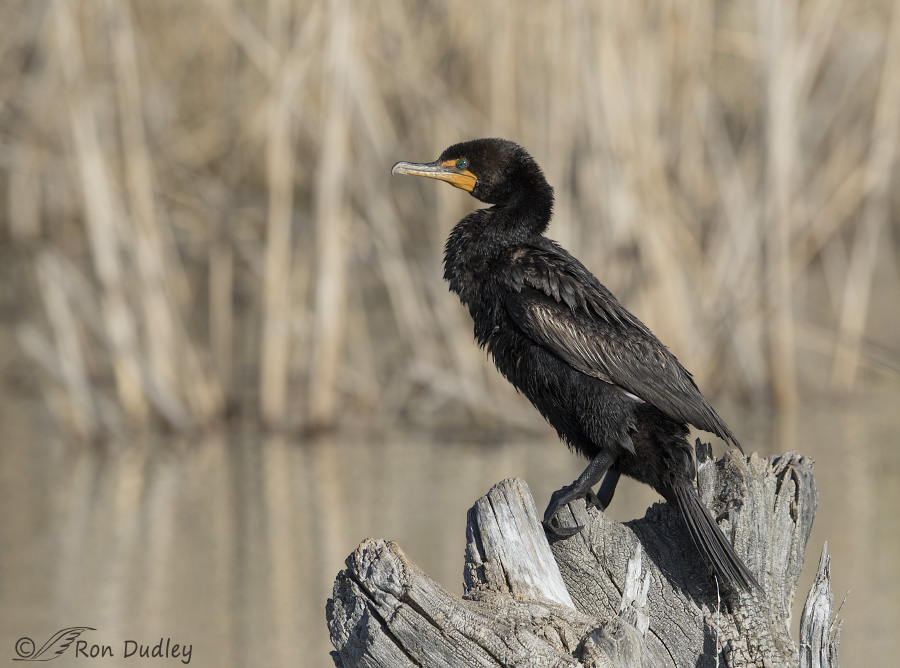Tag: ddt
What’s Happening To Our Kestrels?

Recently I’ve been reading some disturbing reports about the decline of the American Kestrel in North America. And I’m talking about a drastic decline! I’ve speculated about just that in a previous post, based on my own recent observations in northern Utah but I’ve been hoping that what I’ve noticed is only a local and temporary phenomenon. Apparently it isn’t.
Flaming Gorge Osprey
The Osprey is a species that I’ve only had a handful of opportunities with but last spring I found a cooperative nesting pair at Flaming Gorge. In my mind this is a true miracle species because it has arisen Phoenix-like from the ashes of its own demise. During the 1950s-1970s their populations crashed dramatically, largely due to the effects of DDT and other persistent pesticides in the environment which caused severe eggshell-thinning and poor hatching success. But when those chemicals were banned the Osprey made a miraculous comeback and today their numbers are approaching historical highs. Part of the reason for that success has been the widespread use of artificial nesting sites. In some areas of North America, 90-95% of all nesting pairs choose these artificial sites over natural ones. The nest of this mated pair was on a pole installed for that purpose close to Flaming Gorge Reservoir. 1/1600, f/6.3, ISO 500, 500 f/4, 1.4 tc, natural light, cloned out a piece of nest platform, not baited, set up or called in This is most likely the male of the pair (less conspicuous breast band) bringing a small fish in to the incubating female on the nest platform. 1/2500, f/7.1, ISO 500, 500 f/4, 1.4 tc, natural light, not baited, set up or called in I believe this to be the female coming into the nest. 1/2000, f/7.1, ISO 500, 500 f/4, 1.4 tc, canvas added, natural light, not baited, set up or called in When the male would bring its mate a fish…
Birds, Spiders, Brine Flies and Mercury Contamination on Antelope Island
Last Sunday I found this Northern Shrike on Antelope Island enthusiastically singing away as if spring were already in full bloom. Their predatory habits and interesting behaviors make them a favorite species for me but when I got home that day I read an article in the Salt Lake Tribune that made me wonder just how healthy their populations near the Great Salt Lake really are. North end of Antelope Island, 2/5/12 The reason for my concern is a bit complex but I’ll summarize: For over 100 years smelting operations have been responsible for high levels of elemental mercury in the Great Salt Lake and its sediments. Microorganisms in the lake convert the mercury to methyl mercury which is the toxic form of the element that can be absorbed by tissues of living things. Brine fly larvae living in the lake then absorb the methyl mercury and when they hatch the adult flies are consumed by spiders living in the vegetation around the lake. Finally, those spiders are eaten by the many bird species living and nesting along the shoreline. But very little is known about the movement of mercury compounds through Great Salt Lake ecosystems, including the possible effects of toxic methyl mercury on birds so Westminster College’s Great Salt Lake Institute was recently awarded a $250,000 grant from the W.M. Keck Foundation to study its possible effects. Antelope Island causeway, 8/29/11 The number and total biomass of brine flies in late summer around the lake literally boggles the mind but this shot should give you some idea. It was taken in late August of…
What’s Happening To Our Kestrels?

Recently I’ve been reading some disturbing reports about the decline of the American Kestrel in North America. And I’m talking about a drastic decline! I’ve speculated about just that in a previous post, based on my own recent observations in northern Utah but I’ve been hoping that what I’ve noticed is only a local and temporary phenomenon. Apparently it isn’t.
Flaming Gorge Osprey
The Osprey is a species that I’ve only had a handful of opportunities with but last spring I found a cooperative nesting pair at Flaming Gorge. In my mind this is a true miracle species because it has arisen Phoenix-like from the ashes of its own demise. During the 1950s-1970s their populations crashed dramatically, largely due to the effects of DDT and other persistent pesticides in the environment which caused severe eggshell-thinning and poor hatching success. But when those chemicals were banned the Osprey made a miraculous comeback and today their numbers are approaching historical highs. Part of the reason for that success has been the widespread use of artificial nesting sites. In some areas of North America, 90-95% of all nesting pairs choose these artificial sites over natural ones. The nest of this mated pair was on a pole installed for that purpose close to Flaming Gorge Reservoir. 1/1600, f/6.3, ISO 500, 500 f/4, 1.4 tc, natural light, cloned out a piece of nest platform, not baited, set up or called in This is most likely the male of the pair (less conspicuous breast band) bringing a small fish in to the incubating female on the nest platform. 1/2500, f/7.1, ISO 500, 500 f/4, 1.4 tc, natural light, not baited, set up or called in I believe this to be the female coming into the nest. 1/2000, f/7.1, ISO 500, 500 f/4, 1.4 tc, canvas added, natural light, not baited, set up or called in When the male would bring its mate a fish…
Birds, Spiders, Brine Flies and Mercury Contamination on Antelope Island
Last Sunday I found this Northern Shrike on Antelope Island enthusiastically singing away as if spring were already in full bloom. Their predatory habits and interesting behaviors make them a favorite species for me but when I got home that day I read an article in the Salt Lake Tribune that made me wonder just how healthy their populations near the Great Salt Lake really are. North end of Antelope Island, 2/5/12 The reason for my concern is a bit complex but I’ll summarize: For over 100 years smelting operations have been responsible for high levels of elemental mercury in the Great Salt Lake and its sediments. Microorganisms in the lake convert the mercury to methyl mercury which is the toxic form of the element that can be absorbed by tissues of living things. Brine fly larvae living in the lake then absorb the methyl mercury and when they hatch the adult flies are consumed by spiders living in the vegetation around the lake. Finally, those spiders are eaten by the many bird species living and nesting along the shoreline. But very little is known about the movement of mercury compounds through Great Salt Lake ecosystems, including the possible effects of toxic methyl mercury on birds so Westminster College’s Great Salt Lake Institute was recently awarded a $250,000 grant from the W.M. Keck Foundation to study its possible effects. Antelope Island causeway, 8/29/11 The number and total biomass of brine flies in late summer around the lake literally boggles the mind but this shot should give you some idea. It was taken in late August of…


